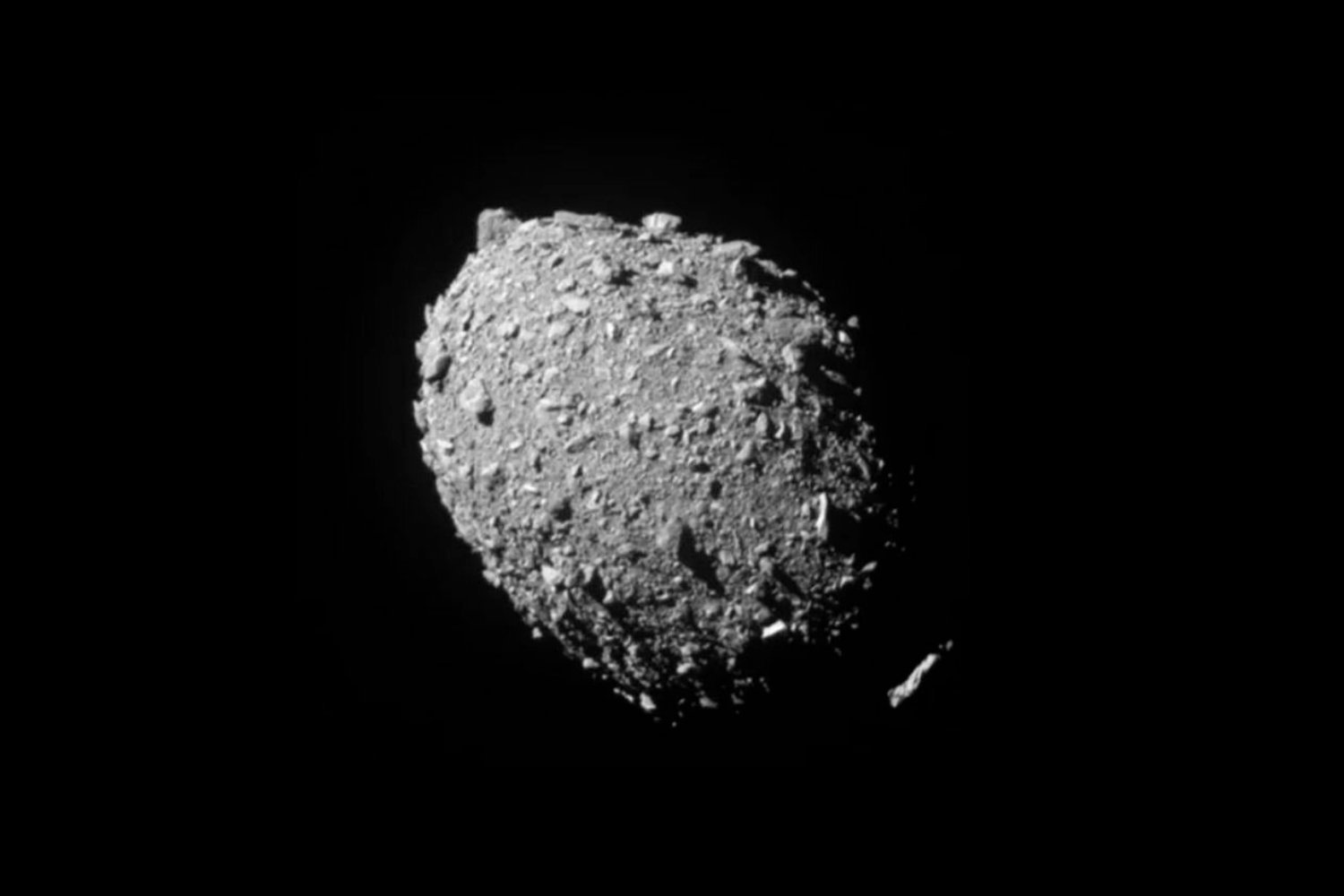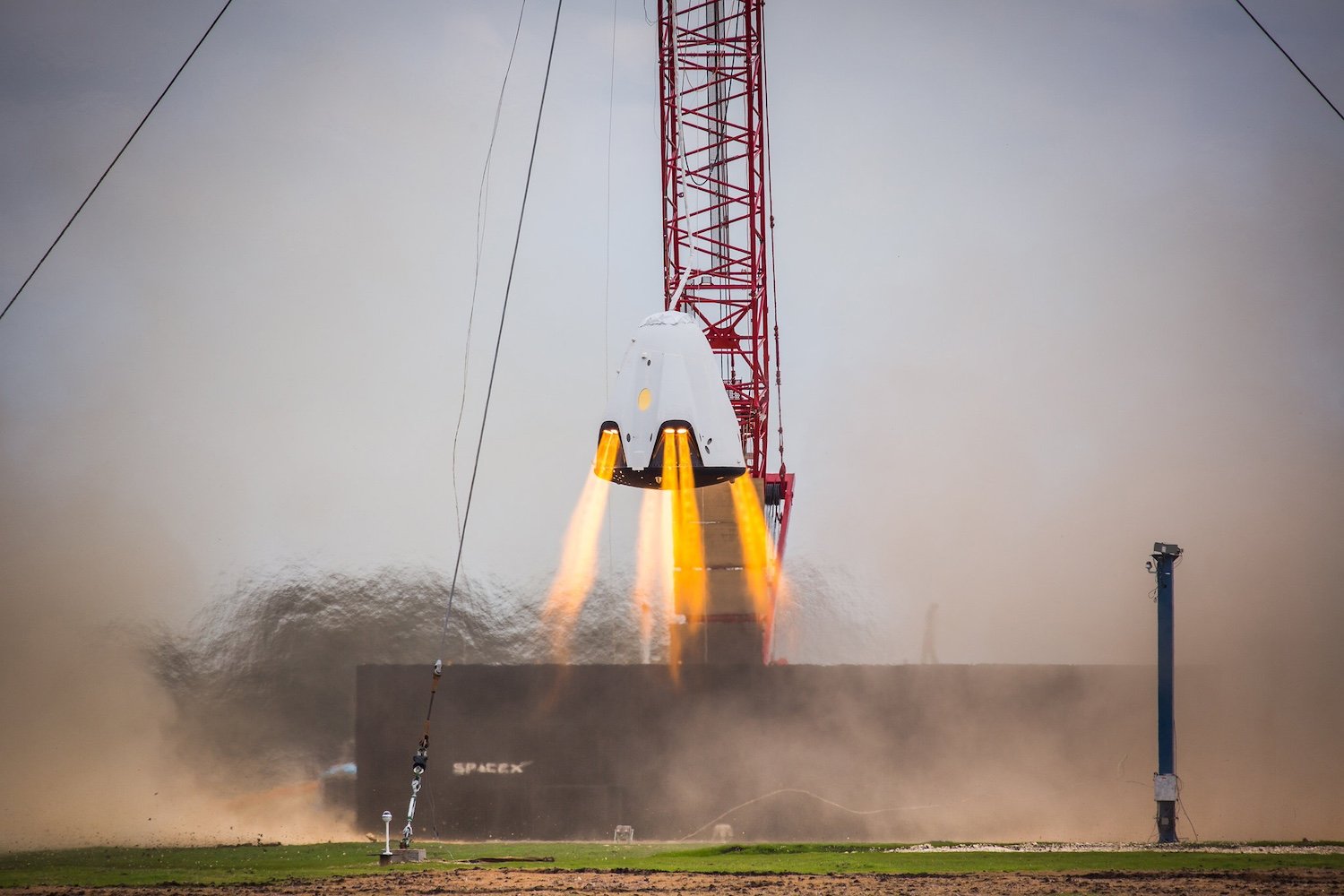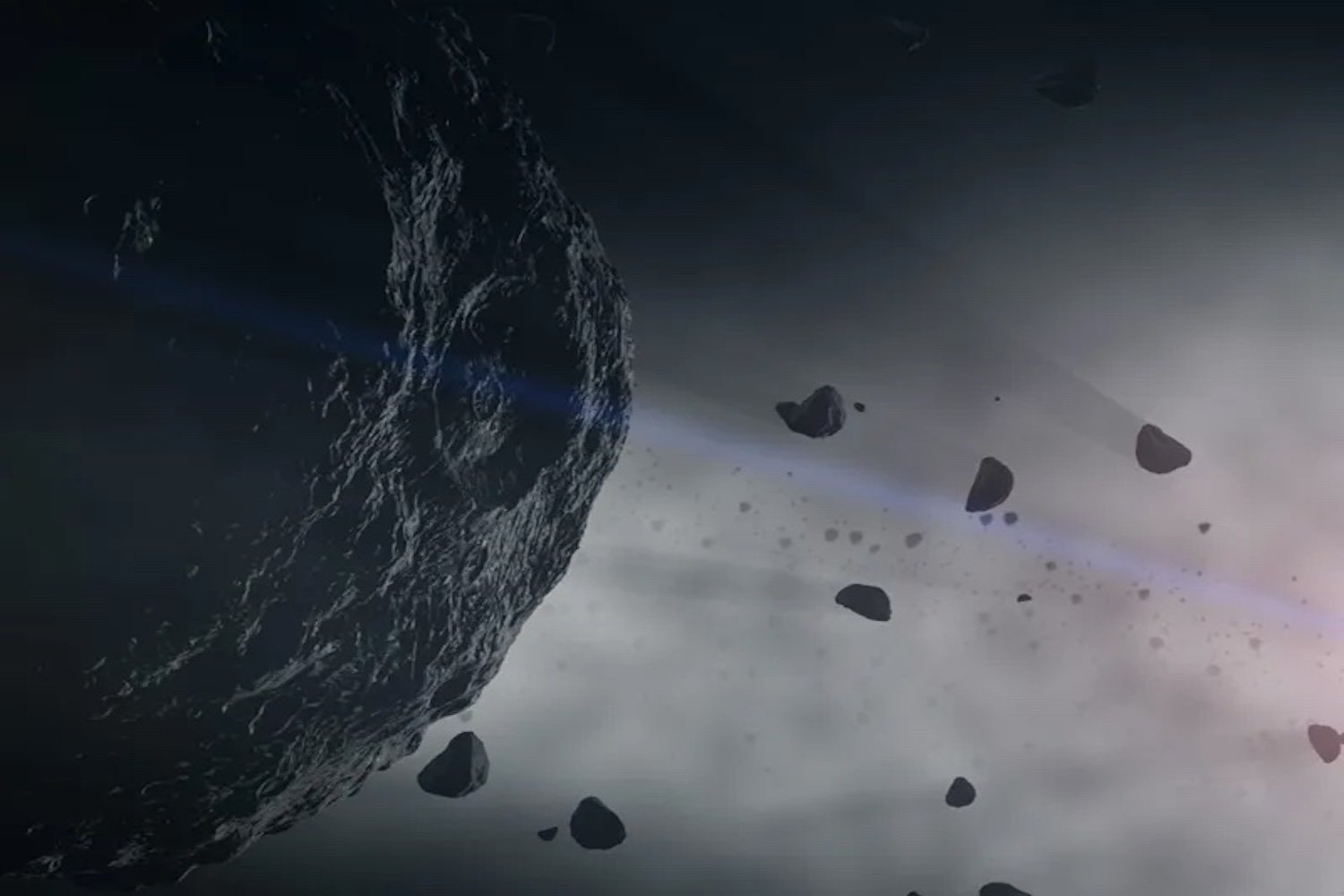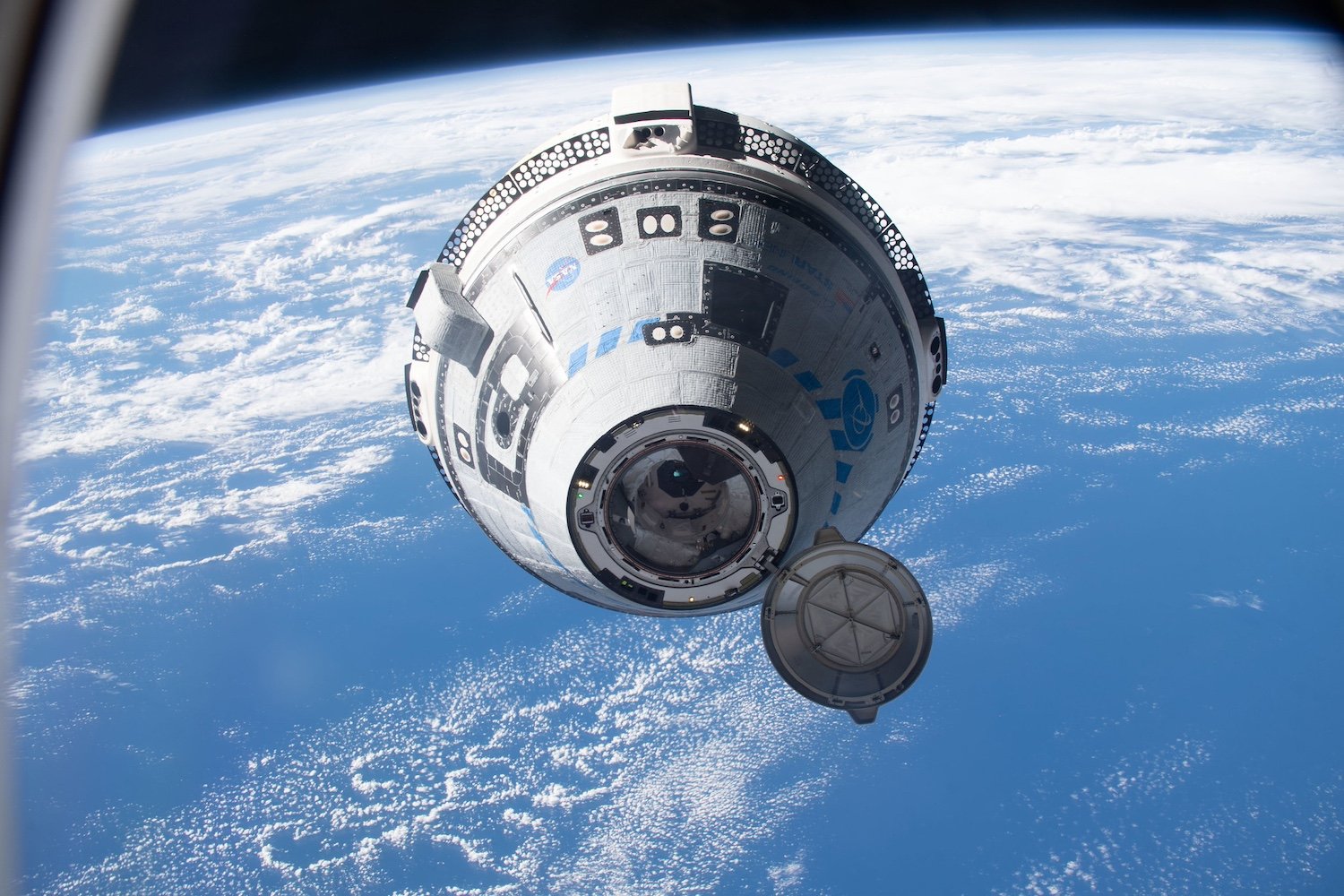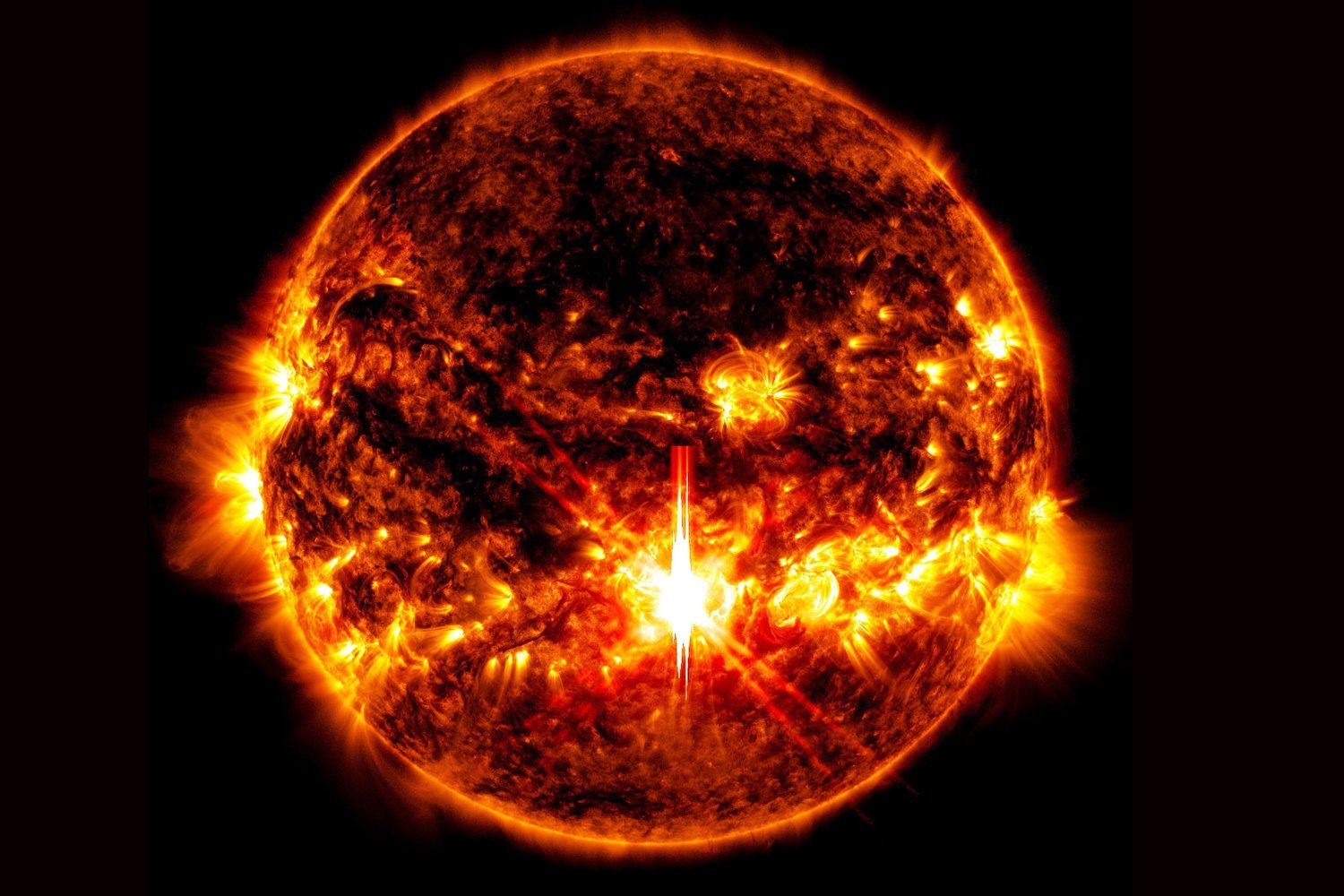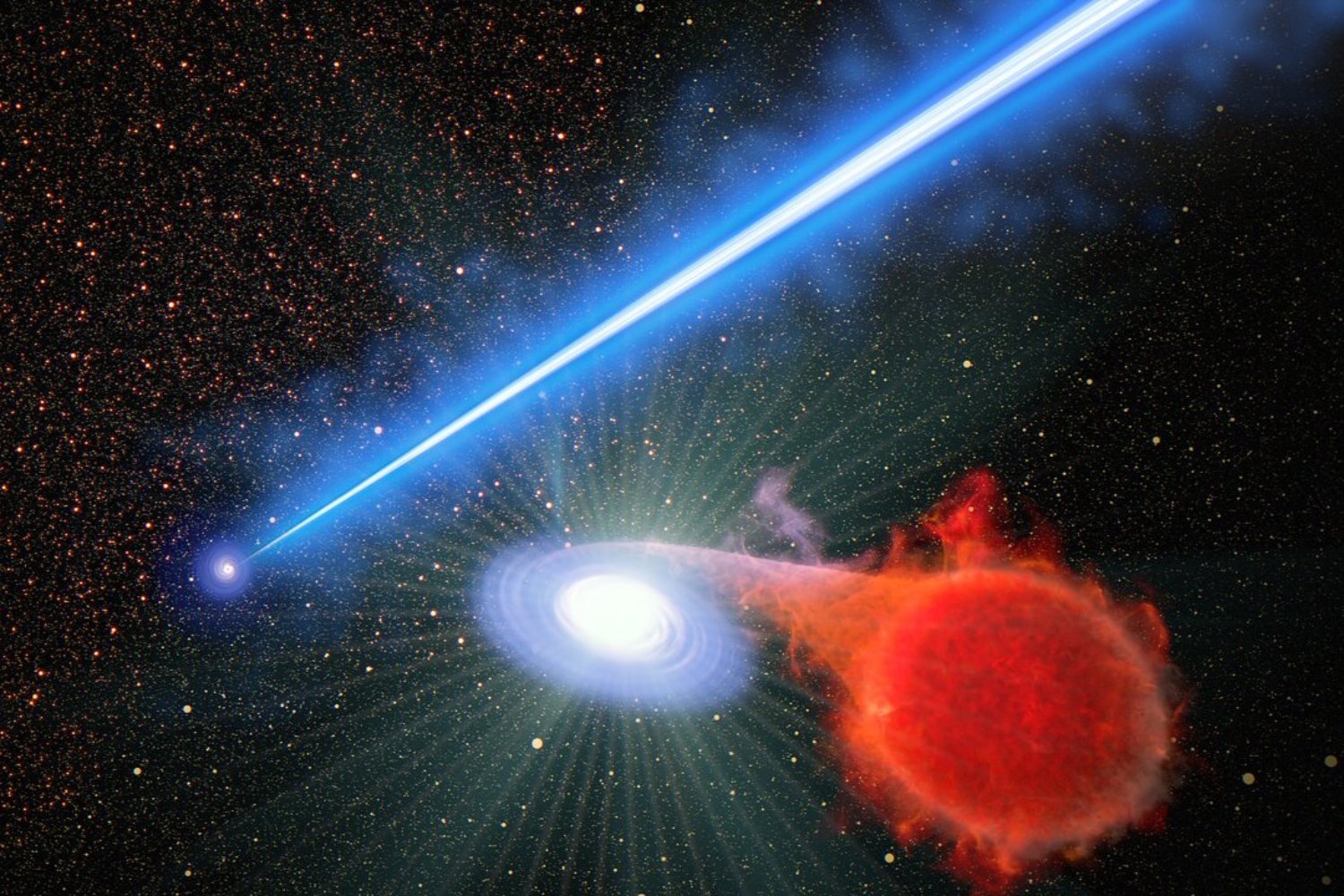The catastrophic asteroid impact that wiped out the dinosaurs 66 million years ago serves as a stark reminder of the potential dangers lurking in space. While the probability of a similarly sized asteroid threatening humanity is low, smaller asteroids capable of devastating entire cities pose a more immediate risk. NASA’s Double Asteroid Redirection Test (DART) mission offered a groundbreaking test of a planetary defense strategy: kinetic impact. Science journalist Robin Andrews delves into the mission, the team behind it, and the thrilling moments of impact in his new book, How to Kill An Asteroid.
In an exclusive interview with MaagX, Andrews shares his insights into the DART mission and the compelling story behind this critical scientific endeavor.
From Volcanoes to Asteroids: A Journalist’s Journey
Andrews, a volcanologist by training, explains his fascination with Earth-altering events. He notes the inherent drama of a potential asteroid impact, a threat that resonates deeply with the public consciousness. He was surprised by the relatively low-key response to DART, particularly given its connection to popular culture depictions of asteroid impacts. This lack of widespread attention spurred Andrews to explore the topic further.
DART: A Mission Designed to Die
What makes DART unique, Andrews points out, is its deliberate self-destruction. Unlike most spacecraft designed for longevity, DART’s success hinged on its demise. A miss would have meant failure. This unconventional approach intrigued Andrews and fueled his desire to document the mission’s development.
The Human Element of Planetary Defense
Andrews’ book captures the humor and personalities of the scientists and engineers involved. He attributes this to the comfort level he developed with the team and their willingness to reveal their more lighthearted sides. This personal touch adds a layer of relatability to the complex scientific undertaking.
Science Fact vs. Science Fiction
The DART mission, while rooted in scientific principles, also carried a distinct sci-fi feel, according to Andrews. The relatively straightforward science behind the kinetic impact strategy, combined with the high-stakes nature of the mission, created a unique blend of scientific realism and dramatic tension.
Inside Mission Control: A Palpable Thrill
Andrews describes the electric atmosphere within mission control during the impact. Despite the official air of confidence, he reveals behind-the-scenes uncertainties and technical challenges. The tension in the room was palpable, culminating in an eruption of jubilation as DART successfully struck its target.
Funding the Fight for Survival
Securing funding for the DART mission proved challenging. Andrews draws a parallel to the space debris issue, where action is often reactive rather than proactive. He emphasizes the importance of prioritizing planetary defense, noting that planetary science becomes irrelevant if humanity faces extinction.
Beyond Planet Killers: The City-Killer Threat
While much attention focuses on planet-killing asteroids, Andrews highlights the significant danger posed by smaller, city-destroying asteroids. These unpredictable threats can appear without warning, underscoring the need for effective defense strategies like kinetic impact.
Inspiring the Next Generation of Scientists
Andrews hopes his book reaches a broad audience, particularly younger readers. He aims to showcase the excitement and optimism surrounding scientific endeavors like DART. The book’s blend of accessible science, engaging characters, and a positive message makes it an inspiring read for aspiring scientists.



